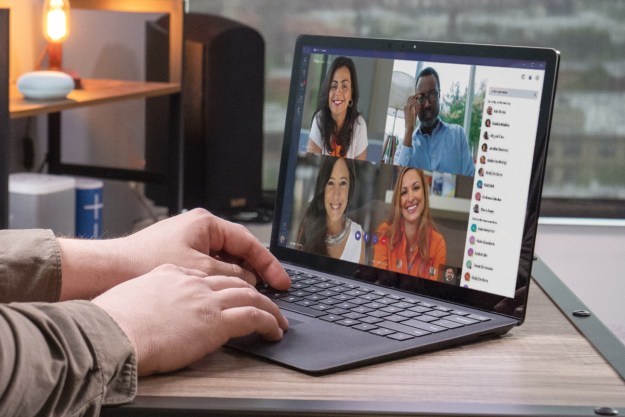It’s taken more than five years, but Microsoft has announced that it has released Windows Vista to manufacturing. Business customers and volume licensees will be able to set hands on Microsoft’s latest and greatest operating system November 30, while consumers will have to wait until Microsoft’s big marketing push and public unveiling January 30, 2007.
Vista first appeared in the public eye as “Longhorn” back in 2001, even before Windows XP hit the streets. Since then, Microsoft’s flagship operating system has fought major antitrust battles, endured a seemingly endless barrage of exploits and security vulnerabilities, and been forced to excise once-touted features from Vista in favor of work to enhance the product’s security, stability, and usability.
Windows Vista will sport a revamped 3D interface—dubbed Aero—for compatible video cards, improved search features, integrated backup technology, speech recognition, a sidebar and “gadgets” which puts mini-applications right on users’ desktops. And, of course, Microsoft is touting Windows Vista as a major step forward in security, with enhanced account control, better protection from malware, and an integrated firewall.
Microsoft Vista will be available in six editions, including one for developing markets, and the Redmond company will likely have to craft special releases for the EU and South Korean markets to satisfy antitrust authorities. Retail pricing for new licenses of Windows Vista in the United States will range from $199 for Windows Vista Home Basic to $399 for Windows Vista Ultimate.
Editors' Recommendations
- Intel Battlemage graphics cards: release date speculation, price, specs, and more
- How to alphabetize lists in Microsoft Word
- How to delete or hide chats in Microsoft Teams
- Save $150 on a lifetime license for Microsoft Office for PC
- How to double space in Microsoft Word

